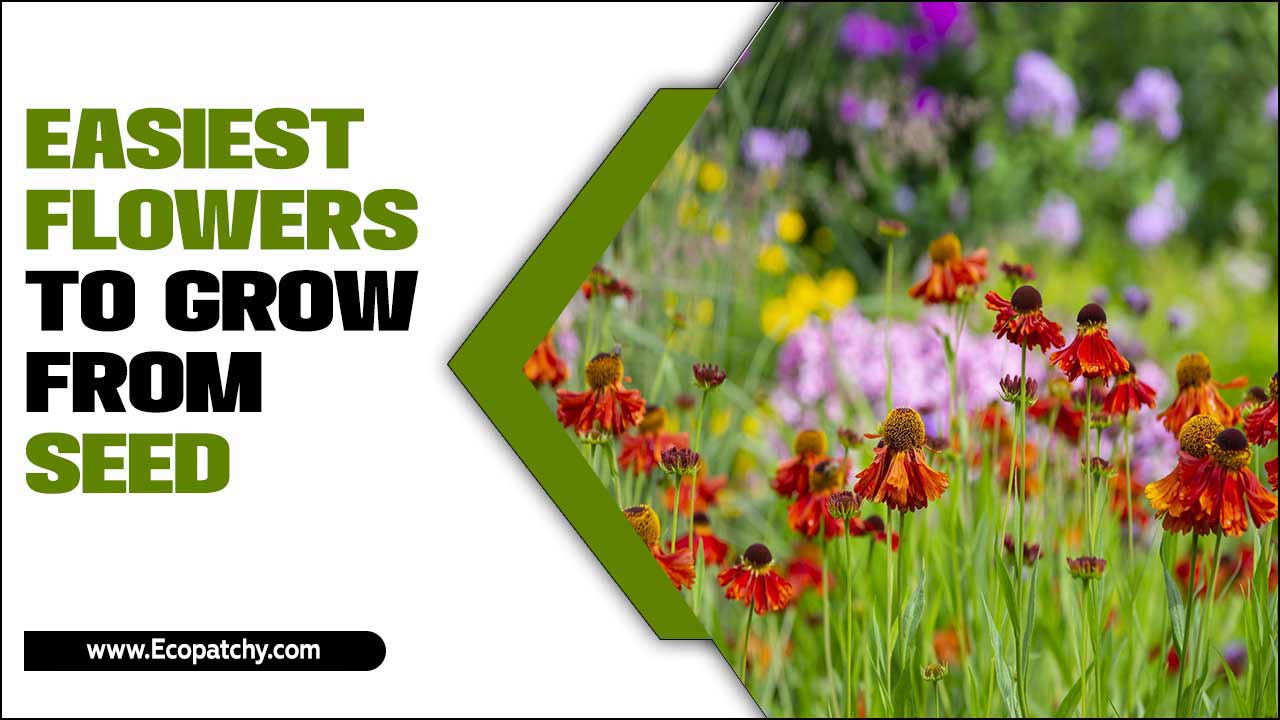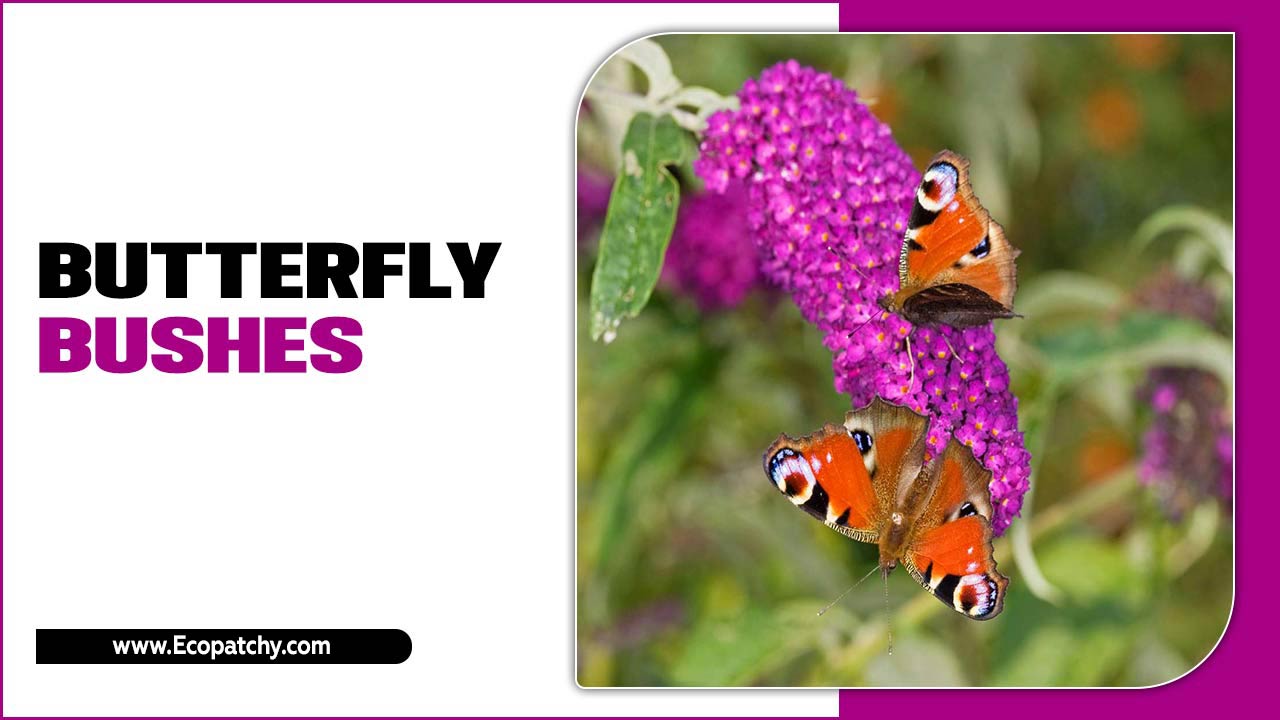A wildflower garden is not only a beautiful addition to any landscape, but it also provides numerous environmental benefits. From attracting pollinators to improving soil health, growing a thriving wildflower garden is a rewarding and sustainable way to enhance your outdoor space.
However, many people are intimidated by creating and maintaining a wildflower garden, assuming it requires much time and effort. We will cover everything you need to know about growing a thriving wildflower garden – from choosing the right location for your wildflowers to providing water and fertilizer.
However, we will also give you expert tips on preparing soil before planting, choosing the right seeds for your region, sketching your wildflower garden design, and maintaining your garden. We will also discuss how to grow a thriving wildflower garden.
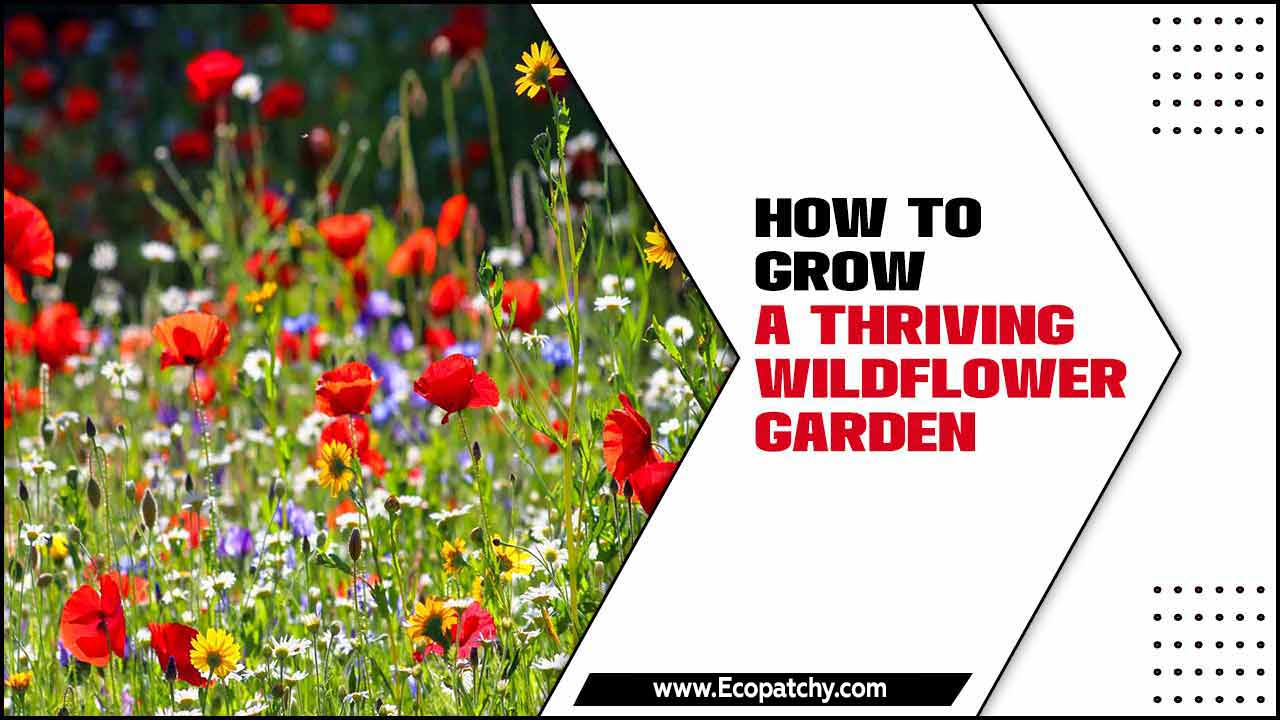
About The Basics Of A Wildflower Garden
Understanding the essentials of cultivating a vibrant wildflower garden is key to creating a natural habitat for local wildlife. Choosing native wildflowers suited to your region ensures their successful growth. First, prepare the soil by clearing vegetation and ensuring good drainage.
Plant wildflower seeds in late spring when the soil temperature is warm, and germination rates are optimal. Seed packets or wildflower mixes are a great option for smaller areas, while larger areas benefit from a mix of individual wildflowers. Regular maintenance, such as removing spent seed heads and providing supplemental watering, will help your wildflower garden thrive.
Sketching Your Wildflower Garden Design
Designing a beautiful and functional layout for your wildflower garden is essential to creating an aesthetically pleasing and thriving space. Start by creating a sketch that visualizes the placement of different wildflower varieties, considering factors such as sunlight, soil conditions, and drainage.
Incorporate pathways and focal points to add visual appeal to your garden. It’s also important to ensure the design allows easy maintenance and growth. By carefully planning and sketching your wildflower garden design, you can create a vibrant and inviting space that attracts pollinators and provides endless enjoyment.
How To Grow A Thriving Wildflower Garden: 10 Expert Tips
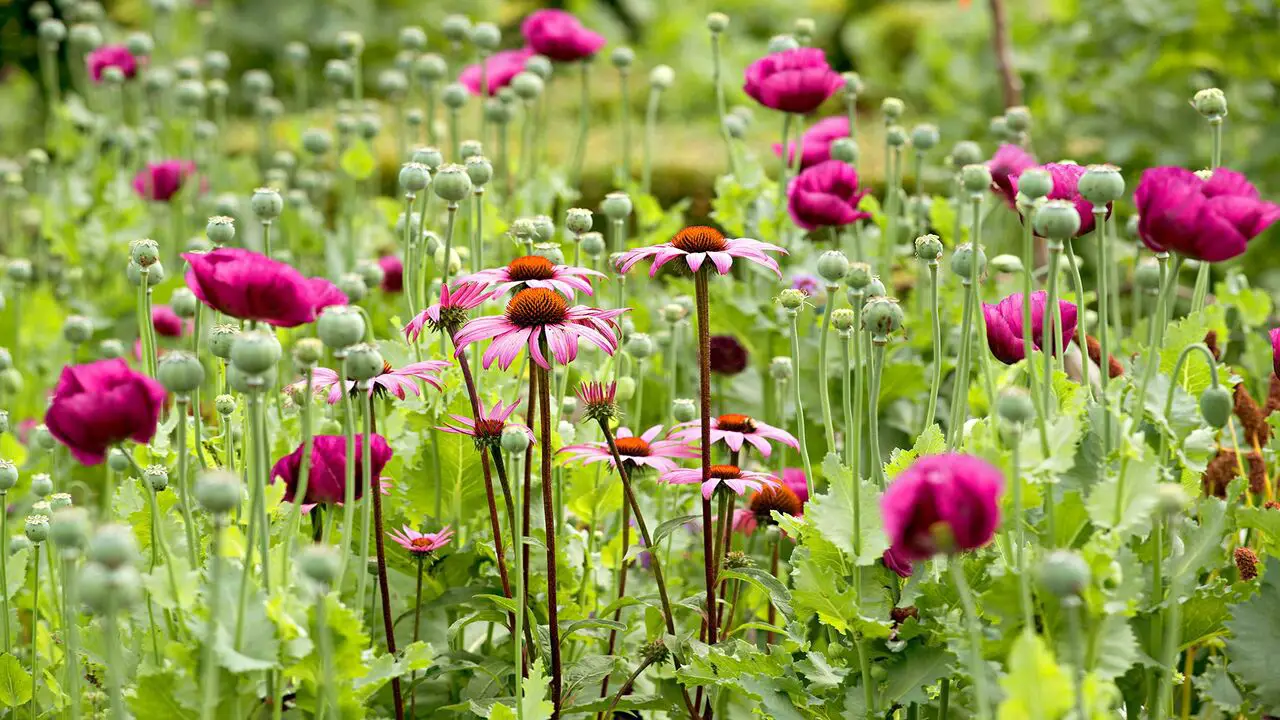
When planning and planting your wildflowers, several key factors must be considered. Maximizing the beauty and biodiversity of your garden is essential for creating a thriving wildflower meadow.
Additionally, choosing the right native flowers for your region, planting them in well-drained soil with good contact, and providing supplemental watering during dry periods will greatly increase their chances of success.
By following these expert tips on how to grow a thriving wildflower garden, you can create a beautiful and low-maintenance wildflower garden that will attract pollinators, birds, and small mammals while adding vibrant and colorful blooms to your outdoor space.
There are plenty of ways to get started, whether wildflower seed mixes or individual seed packets. Remember, the best time for wildflower planting is in late spring when the soil temperature is warmer, and the risk of late spring frosts has passed. Happy wildflower gardening!
1:Choose The Right Location For Your Wildflowers:
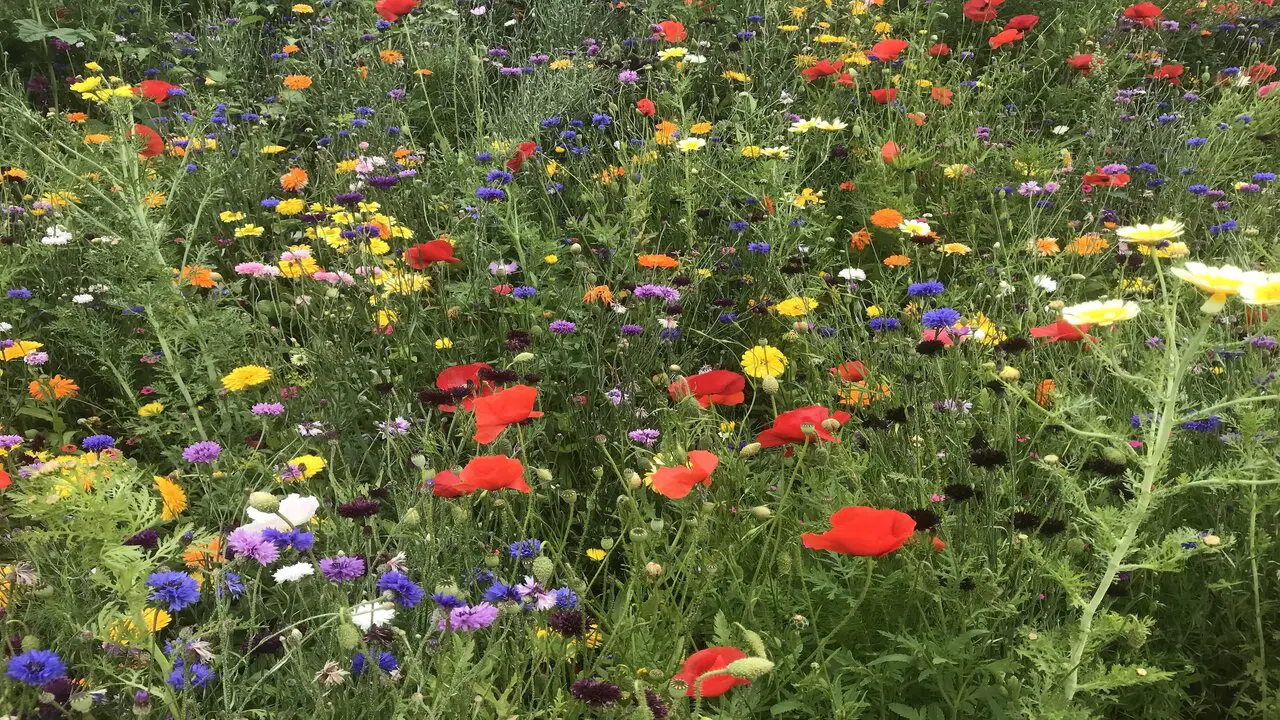
When choosing a location for your wildflowers, several factors come into play. Consider the amount of sunlight and ensure proper drainage to create an ideal environment for your wildflower meadow. Consider the area’s size and shape, ensuring it can accommodate the growth of your desired wildflowers.
Assess potential obstacles or competition from other plants that may hinder their growth. It’s crucial to align the chosen location with the specific needs of your selected wildflower species. By maximizing the visual impact and accessibility of your wildflower garden, you can create a stunning and inviting space.
2:Sketch Your Wildflower Garden Design
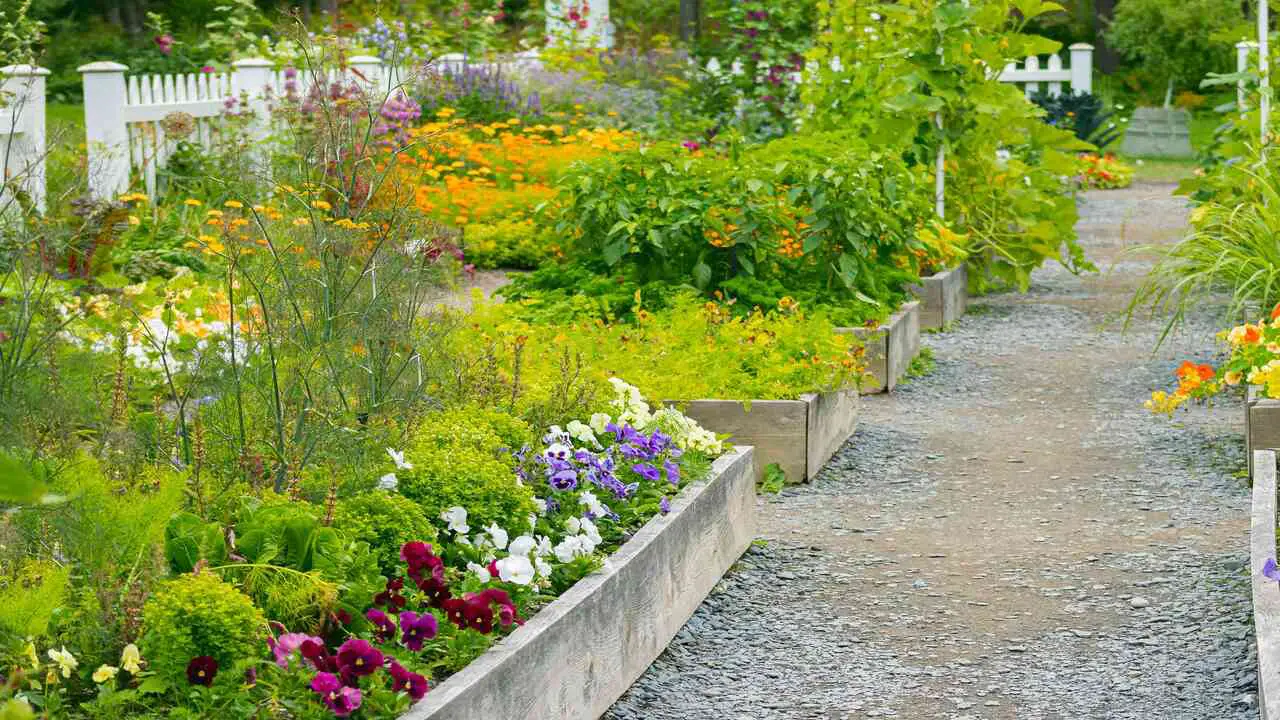
When designing your wildflower garden, starting with a detailed sketch is important. This will help you visualize the layout and maximize your space. Consider the arrangement and spacing of different wildflower species, considering their height, color, and blooming seasons.
Don’t forget to incorporate elements like paths, borders, and focal points for added interest. Keep in mind site conditions and personal preferences as you adjust the design. A well-planned sketch ensures a thriving wildflower meadow that adds beauty and biodiversity to your outdoor space.
3:Prepare The Soil Before Planting
Before planting your wildflower garden, it is crucial to prepare the soil properly. Start by assessing the quality and composition of your soil to determine if any amendments are needed. Improving fertility and drainage will ensure optimal growth for your wildflowers. Clear the planting area of any weeds or unwanted vegetation, and loosen the soil to encourage root development.
Creating a favorable environment with good drainage, organic matter, and proper soil temperature will greatly enhance the germination rates of your wildflower seeds. Preparing the soil before planting sets the stage for a successful and vibrant wildflower meadow.
4:Choose The Right Wildflower Seeds For Your Region:
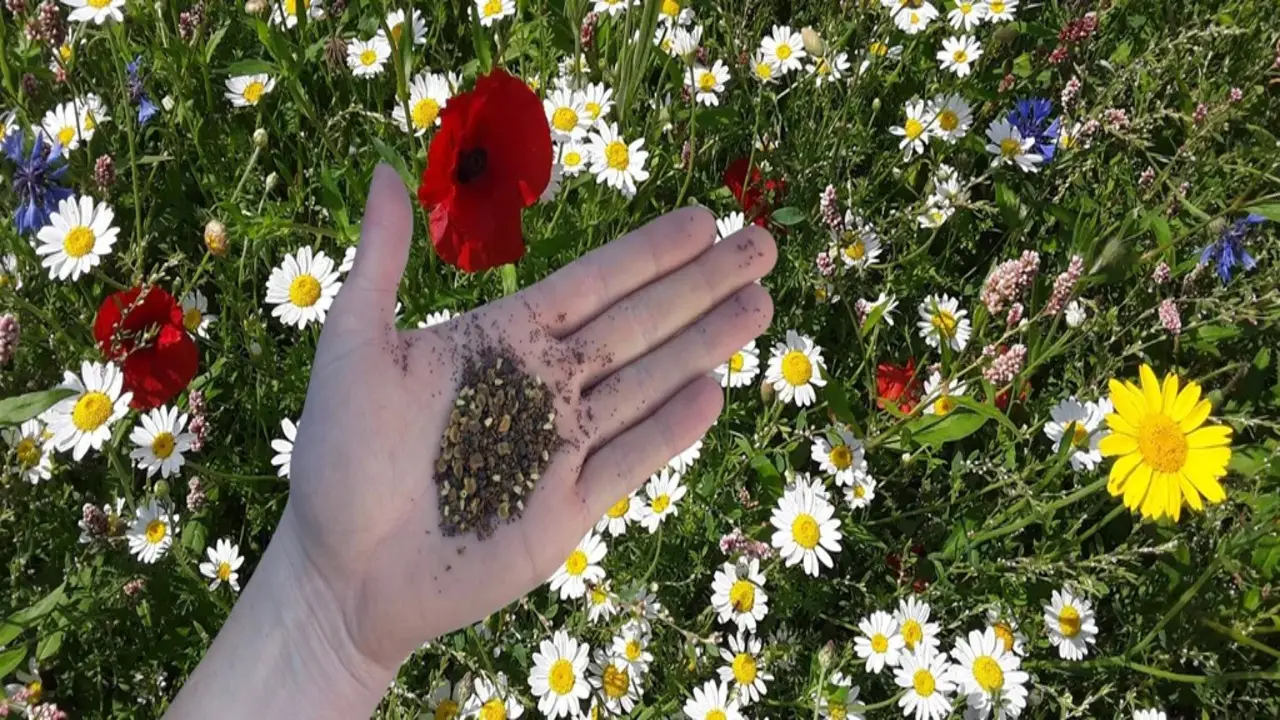
When creating a thriving wildflower garden, choosing the right seeds for your region is crucial. Take the time to research and select native wildflower species that are known to thrive in your specific area. Consider climate, soil type, and moisture levels to ensure your chosen seeds can adapt and flourish.
Avoiding invasive species that could potentially harm local ecosystems is also important. Explore seed mix options that offer a diverse range of wildflowers for a visually appealing garden. Lastly, ensure the seeds you purchase are of high quality and viability for optimal results.
5:Before Planting, Verify The Chosen Varieties Are Not Invasive To Your Area
Before planting your wildflowers, verifying that the chosen varieties are not invasive to your area is essential. To ensure the suitability of the wildflower species, it is advisable to check with local authorities or gardening experts. By doing so, you can avoid introducing invasive species that could harm the local ecosystems.
Additionally, researching each wildflower species’ potential risks and impacts will enable you to make informed choices. If necessary, consider choosing native or non-invasive alternatives to prioritize the preservation of native flora and fauna. These precautions allow you to create a thriving wildflower garden that enhances your surroundings.
6:Plant The Wildflower Seeds Or Plants In A Sunny Spot
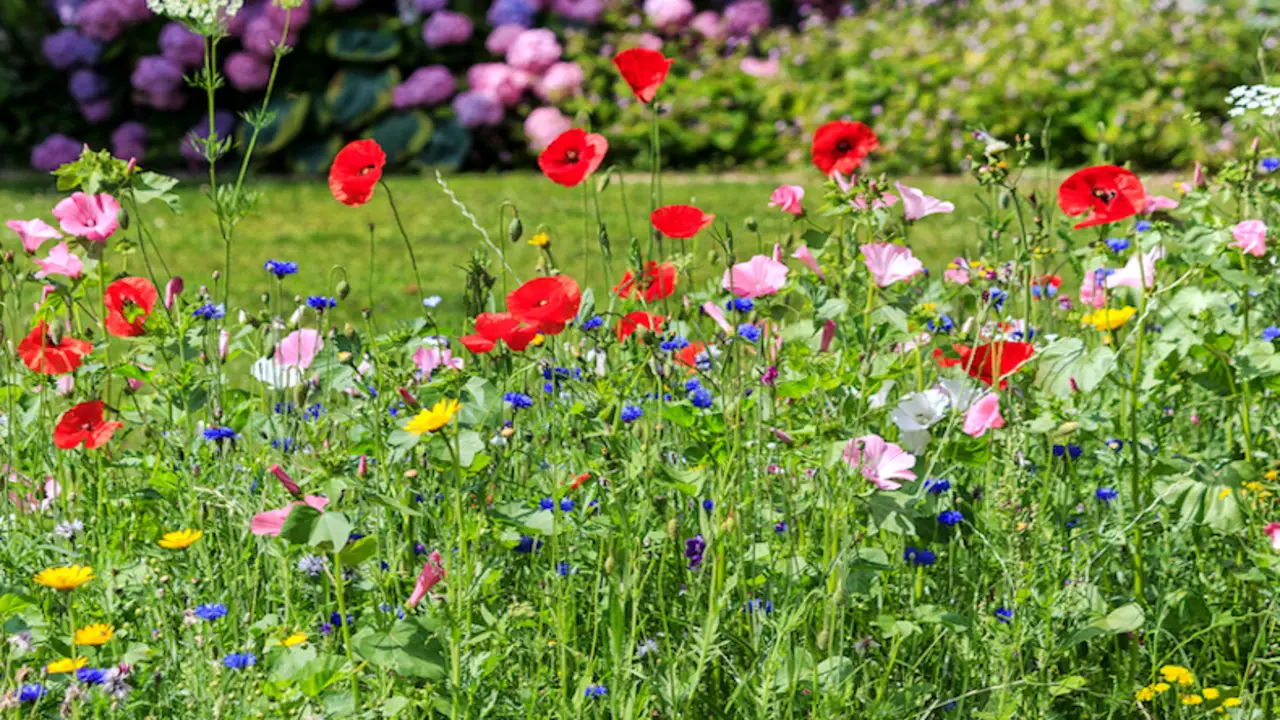
When planting your wildflower garden, choosing a sunny spot that receives at least 6-8 hours of direct sunlight is crucial. This ensures that your wildflowers get the full sun exposure they need to thrive. Proper spacing between plants is also important to prevent overcrowding.
Be sure to follow the recommended planting depths and techniques for each wildflower species, as this will vary depending on the type of wildflower you’re planting. After planting, water thoroughly to promote establishment. Monitor your garden for signs of stress or inadequate sunlight over time.
7:Provide Water And Fertilizer
Understanding the watering needs of different wildflower species is crucial for their optimal growth. Regular irrigation is necessary to promote healthy growth and blooming, but avoiding overwatering is important. When it comes to fertilizers, using them sparingly is key to preventing excessive nutrient levels that could harm the plants.
Consider opting for organic fertilizers to minimize environmental impact. Monitoring soil moisture levels and adjusting watering frequency accordingly is essential for maintaining balance. You can ensure that your wildflower garden thrives with colorful blooms by providing proper water and fertilizer.
8:Maintain Your Wildflower Garden
Regular maintenance is crucial for a thriving wildflower garden. To keep your garden neat and tidy, weed and prune regularly. Deadheading flowers will encourage continuous blooming throughout the growing season. Since wildflowers do well in poor soil conditions, fertilize sparingly.
Regarding pest control, opt for natural methods to avoid harm to beneficial insects and pollinators. Consider planting native wildflowers to support local ecosystems and wildlife. Water your garden during drought periods, but be cautious not to over-water. Following these tips can maintain a beautiful and vibrant wildflower garden.
9:Keep An Eye Out For Pests On Your Wildflowers
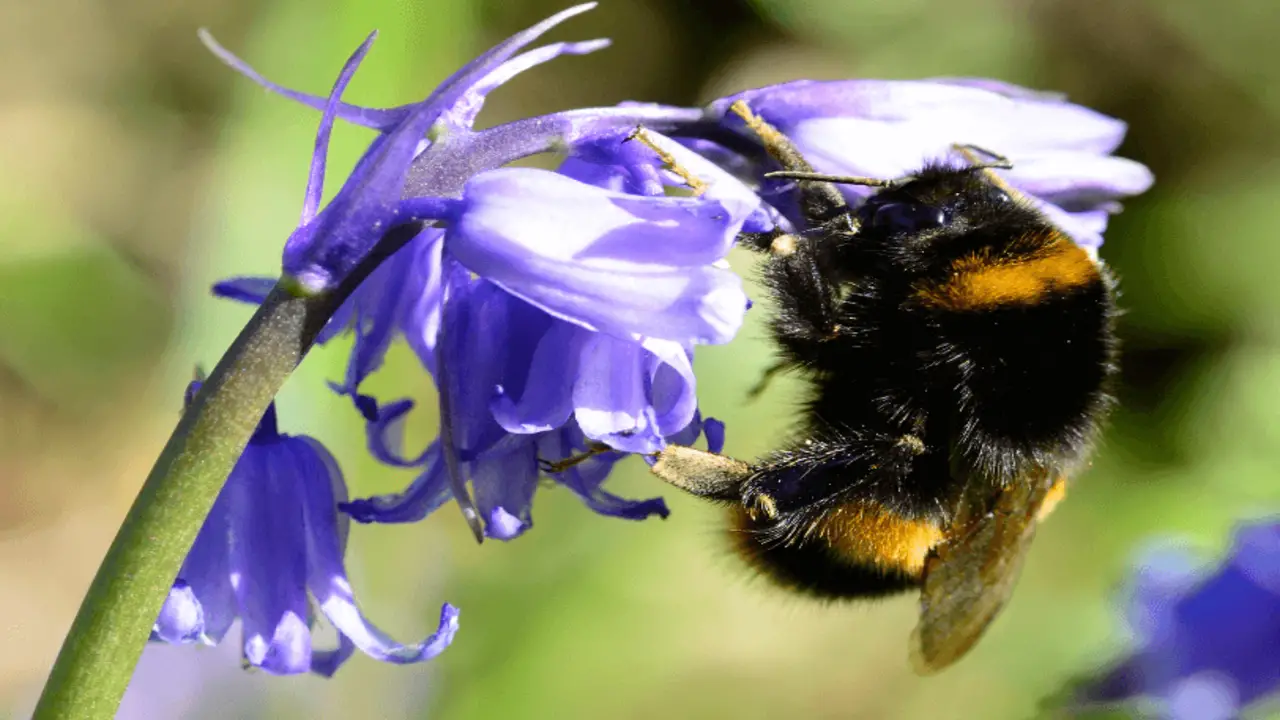
When maintaining a thriving wildflower garden, watching for pests that can potentially harm your beautiful blooms is important. Common pests like aphids and spider mites can invade your wildflowers and cause damage if left unchecked.
However, you can use natural methods to control these pests. Introducing ladybugs or using neem oil are effective ways to keep them at bay. It’s crucial to avoid using chemical pesticides as they can harm beneficial insects and pollinators.
Regularly inspect your wildflowers for signs of pest damage and remove any infected or damaged plants to prevent the spread of pests. Additionally, practicing good garden hygiene by cleaning up plant debris and controlling weeds can help maintain a healthy environment for your wildflowers.
10:Manage Wildflower Diseases Quickly
Managing wildflower diseases quickly is crucial for maintaining a thriving garden. Diseases can spread rapidly among wildflowers, causing damage to the plants and reducing their overall health and beauty. To effectively manage diseases, it is important to regularly inspect your garden for any signs of infection, such as wilting leaves or discoloration.
If you notice any symptoms, immediately remove infected plants or treat them with appropriate fungicides or other disease control methods. Additionally, practicing good garden hygiene, such as removing dead plant material and providing proper air circulation, can help prevent the spread of diseases. You can ensure your wildflower garden remains healthy and vibrant by staying vigilant and taking prompt action.
Early And Mid-Season Care For Wildflowers
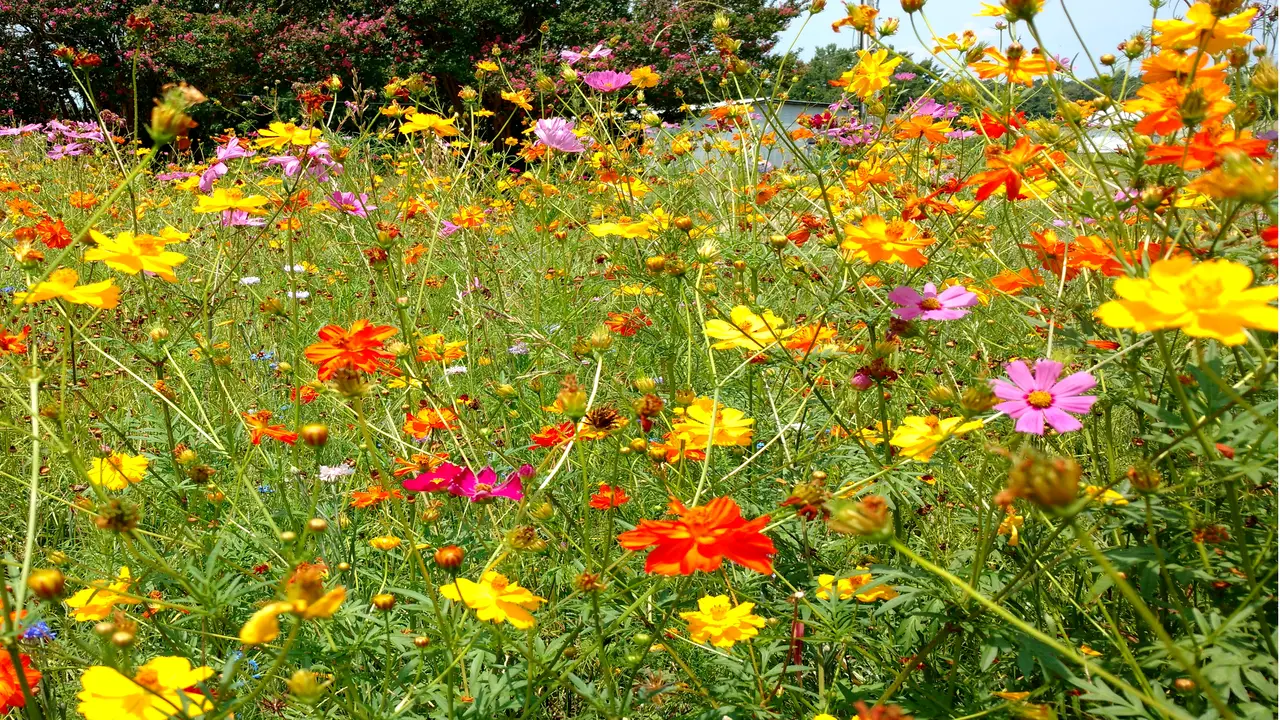
To ensure the health and vitality of your wildflower garden, there are a few key steps to take during the early and mid-season. First, water your newly planted wildflowers regularly to establish strong root systems. This will help them thrive in their new environment. Additionally, applying a thin layer of mulch around the base of your wildflowers will conserve moisture and control weeds.
Deadheading spent flowers will encourage new blooms and keep your garden looking fresh and vibrant. If you have taller wildflower varieties, stake them to prevent lodging. Lastly, monitor your plants for signs of nutrient deficiency and fertilize as needed.
Conclusion
To ensure a thriving wildflower garden, it is important to follow expert tips and guidelines. Start by choosing the right location for your wildflowers and sketching your garden design. Prepare the soil before planting, and choose the appropriate wildflower seeds for your region.
Verify that the chosen varieties are not invasive to your area before planting. Plant the seeds or plants in a sunny spot and provide adequate water and fertilizer. It’s crucial to maintain your wildflower garden by keeping an eye out for pests and managing any diseases quickly.
Additionally, don’t forget about early and mid-season care for your wildflowers to ensure their continued growth and beauty. We’ve discussed how to grow a thriving wildflower garden.
Frequently Asked Questions
1.Can You Just Scatter Wildflower Seeds?
Ans: Scattering wildflower seeds is an option, but it may not yield the best results for a thriving wildflower garden. Preparing the soil, choosing the right seeds for your region, and following proper watering and maintenance techniques are crucial for success.
2.How Do You Take Care Of Wildflowers?
Ans: To take care of wildflowers, it’s important to water them regularly, especially during dry spells, without overwatering. Deadhead faded flowers to encourage more blooms and prevent self-seeding. Avoid using herbicides or pesticides to protect beneficial insects and pollinators.
3.What Is A Wildflower Garden?
Ans: A wildflower garden is a natural haven of native plants and flowers that attract local wildlife. With their low maintenance requirements, they are perfect for busy or new gardeners. Popular species like Black-eyed Susan and Coneflowers add beauty and charm to these gardens.
4.What Are The Benefits Of Planting A Wildflower Garden?
Ans: Planting a wildflower garden offers several benefits. It promotes biodiversity and supports local ecosystems, attracting pollinators like bees and butterflies. Once established, wildflowers require less maintenance compared to traditional gardens. Additionally, they add natural beauty to your landscape and provide photography and outdoor enjoyment opportunities.
5.What Are The Best Wildflowers For A Bee-Friendly Garden?
Ans: Attract bees and other pollinators to your garden with bee-friendly wildflowers. Consider planting echinacea, black-eyed Susan, lavender, and sunflowers. These native flowers provide nectar and pollen sources throughout the growing season, ensuring a thriving bee population in your garden.



